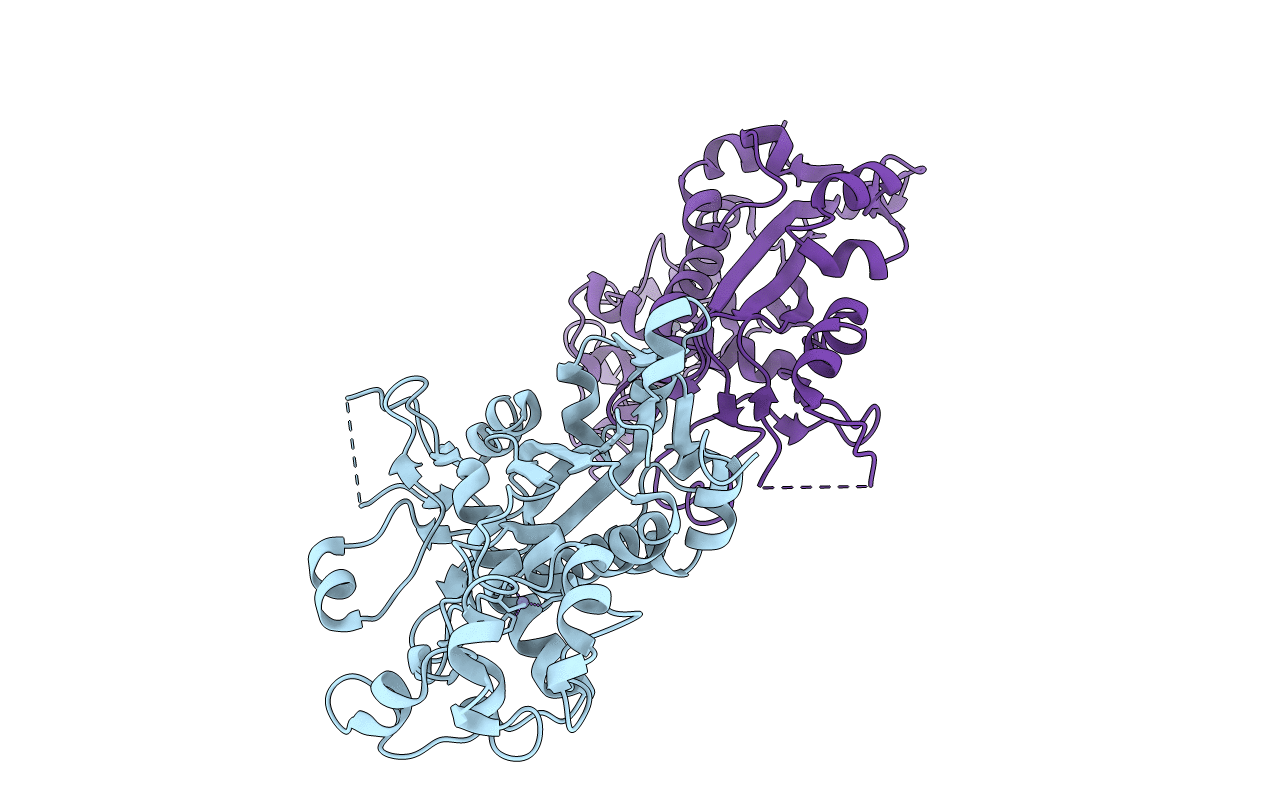
Deposition Date
2013-10-02
Release Date
2013-11-13
Last Version Date
2024-02-28
Entry Detail
Biological Source:
Source Organism:
Methanopyrus kandleri (Taxon ID: 190192)
Host Organism:
Method Details:
Experimental Method:
Resolution:
2.37 Å
R-Value Free:
0.21
R-Value Work:
0.19
R-Value Observed:
0.19
Space Group:
C 2 2 21


